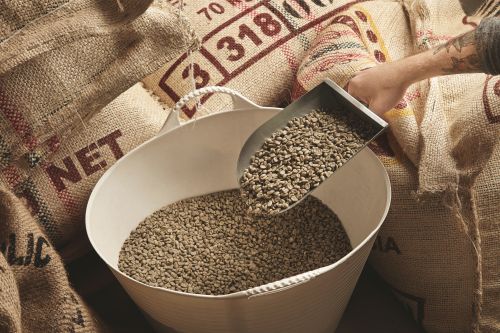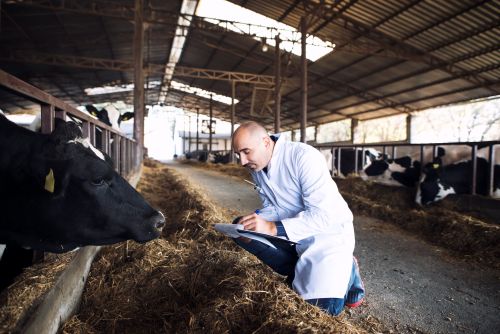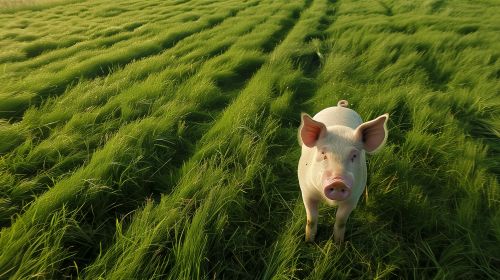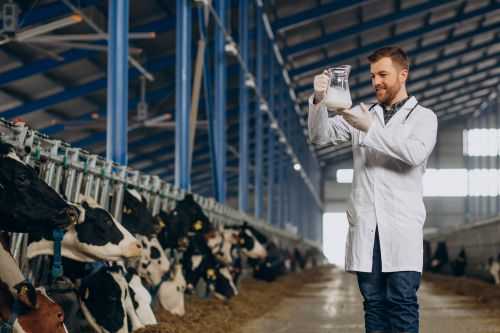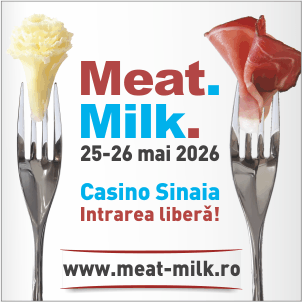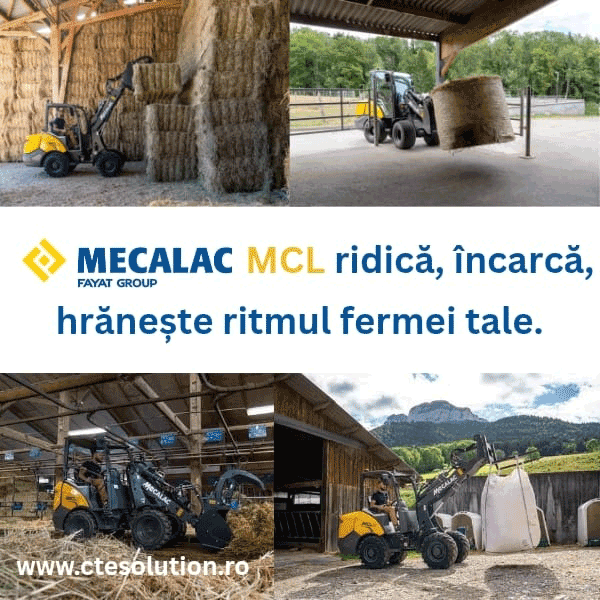911
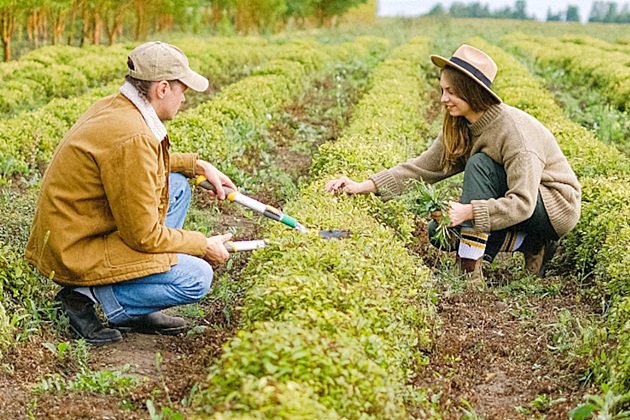
As part of the update to the EU Industrial Strategy, the European Commission has announced that it is developing "transition pathways" for more resilient and sustainable industrial ecosystems. One of the 14 ecosystems identified by the Commission is the agri-food ecosystem. Here, primary food processing sectors play a crucial role.
Continuous processing of goods: a fundamental element of EU food security
Our industries represent an essential link in the EU's agri-food chain, connecting farmers to markets and consumers. We contribute to food security and European sovereignty by transforming agricultural crops into food and ingredients consumed by millions of EU citizens every day.
Many of the foods we produce have long been staples of European diets, such as wheat flour, sugar, vegetable oil, plant-based proteins, starch, and cocoa.
But European primary food processors are also at the forefront of innovation: while most of our ingredients are used in food and beverages, decades of research and development have helped us find increasingly innovative selling points to ensure that nothing goes to waste.
A circular industry
Primary food processors use all processed agricultural raw materials to deliver a wide range of products: food and animal feed, but also biofuels, bioplastics, cardboard, pharmaceuticals, and personal care products. We play a central role in the thriving EU bioeconomy.
Some primary food processing industries also extract plant-based fibers and proteins during their production process. These contribute to making the diets of EU citizens more sustainable, healthier, and diversified.
High energy requirements
Reducing emissions remains a top priority for Europe's primary food processing industries.
We work hard to reduce our environmental footprint by making industrial processes more energy-efficient, and the energy we use is renewable.
Our sectors also take care of the planet, promoting biodiversity and using techniques such as responsible soil management and agroforestry practices. We continue to work with European institutions to meet the ambitious environmental goals of the EU.
What do we need?
We cannot do it alone. Our industries face considerable challenges regarding sustainable competitiveness: energy costs have not risen compared to other global manufacturing regions.
The same is true for the cost of carbon—all of this while the investments needed to reduce carbon costs have increased due to higher prices for essential construction materials, such as steel. The price of agricultural raw materials has also increased due to the sharp rise in fertilizer prices.
So, what do our industries need from decision-makers? Investments in network infrastructure and renewable energy capacity are needed to facilitate the electrification of processes and help our sectors decarbonize.
We also need support for the use of our own biomass streams as a source of renewable energy generation. Legislation on carbon removal should incentivize the installation of carbon capture and storage in combination with bioenergy generated from agricultural waste.
Our farmers need affordable and efficient alternatives to comply with the revised legislation on the use of plant protection products.
And they need tools to adapt and mitigate the impact of a changing climate, such as New Genomic Techniques (NGT). NGTs will enhance supply security in the EU and allow our industries to remain competitive.
Ultimately, increasing sustainability requires investments. EU producers and farmers should be compensated for their efforts to produce in environmentally and socially sustainable ways to avoid the local industry being replaced by imported products that do not meet the same standards.
